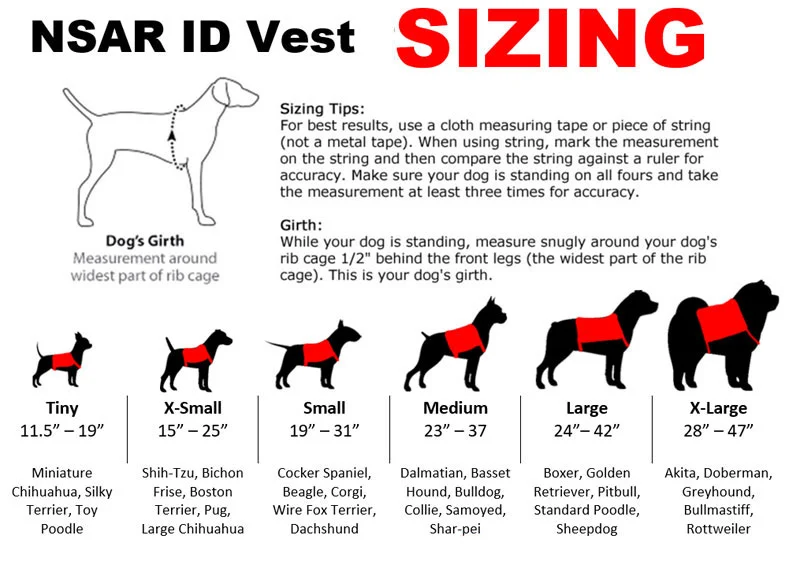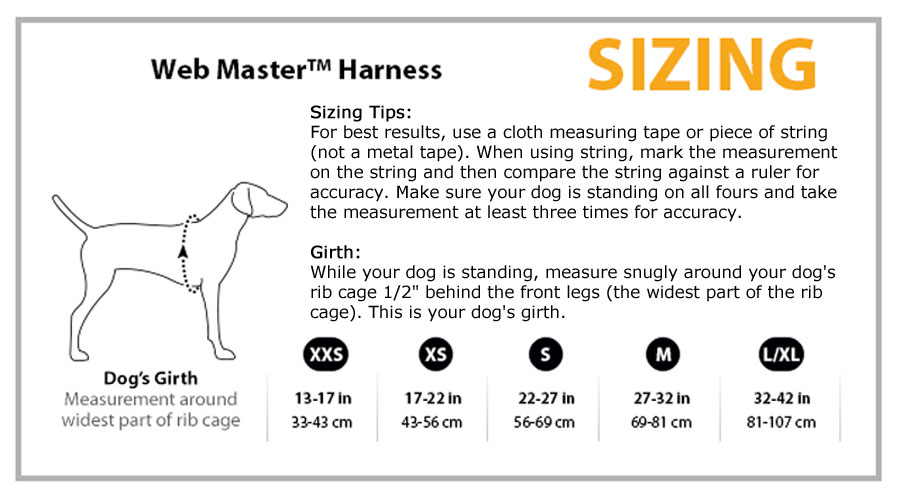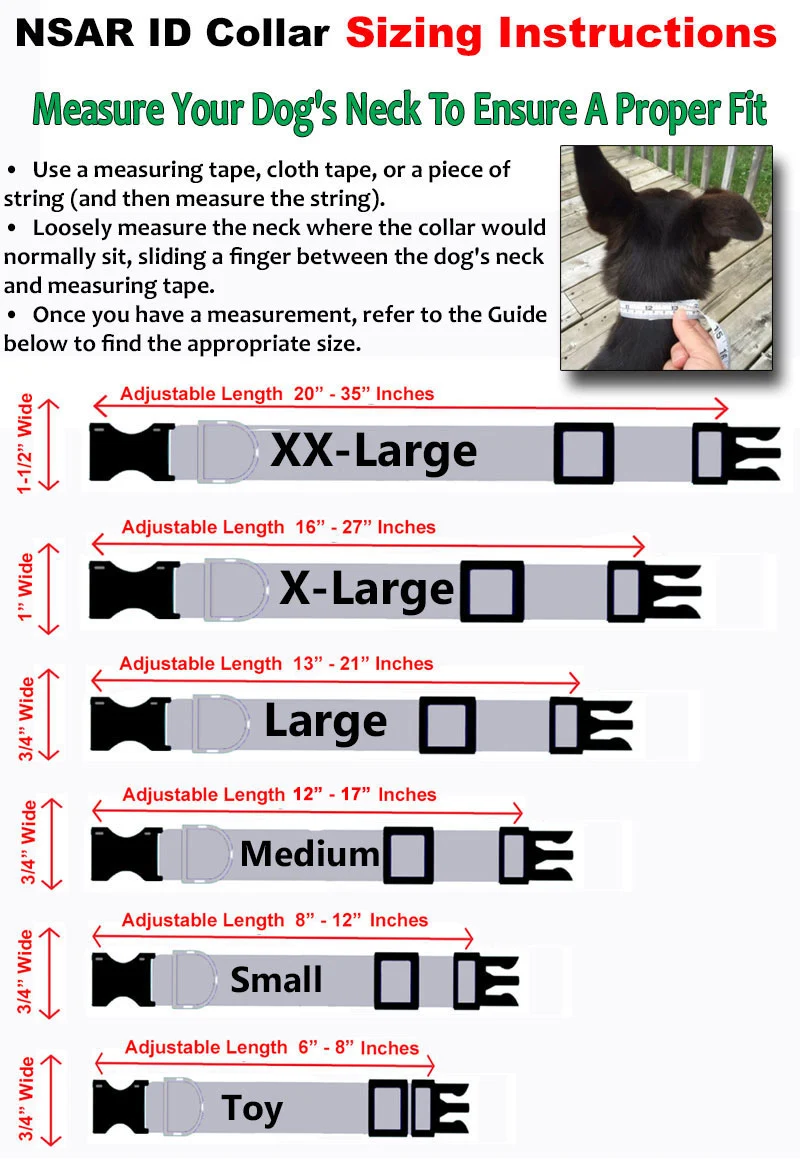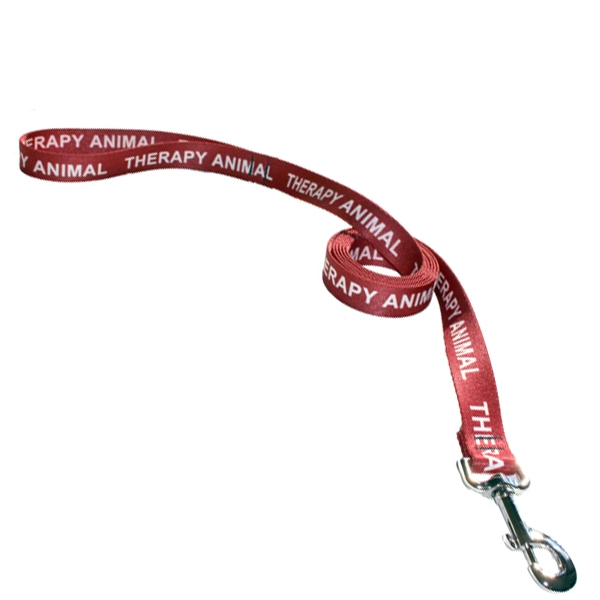
If you’ve ever thought, “I wish my landlord understood how important my pet is to my mental health,” you’re not alone. Millions of people across the U.S. rely on Emotional Support Animals (ESAs) to manage conditions like anxiety, depression, PTSD, and panic disorders.
But here’s the reality: without documentation, your ESA is legally considered just a pet. That means landlords can deny housing, schools can reject dorm requests, and airlines can turn you away.
An ESA letter changes that. It’s the official document that connects your mental health needs to your animal, unlocking housing protections and helping legitimize your relationship with your support animal.
This guide covers everything you need to know:
- What an ESA letter is (and isn’t)
- Who can write one
- Conditions that qualify
- How ESA letters protect your housing rights
- Common myths and scams
- How to get a legitimate ESA letter online
- FAQs and real-world scenarios
✅ What Exactly Is an ESA Letter?
An ESA letter is a document written by a licensed mental health professional (LMHP) confirming that you have a qualifying mental or emotional condition and that your animal provides therapeutic support.
Think of it like a prescription—but instead of medication, it “prescribes” your pet’s companionship.
A valid ESA letter should include:
- Your name
- Confirmation of a mental or emotional health condition
- A statement that your animal provides emotional support that reduces symptoms
- The provider’s license information (type, number, state, expiration)
- The provider’s signature and date
Without these details, landlords, schools, and housing providers will likely reject the letter.
🧑⚕️ Who Can Write an ESA Letter?
Not all professionals are eligible. A valid ESA letter must come from a licensed mental health provider such as:
- Psychologists (PhD or PsyD)
- Psychiatrists (MD)
- Licensed clinical social workers (LCSW)
- Licensed professional counselors (LPC)
- Licensed marriage & family therapists (LMFT)
🚫 What doesn’t work: letters from veterinarians, or “ESA websites” that don’t connect you with a real provider. Housing offices can (and do) check license numbers.
📜 A Brief History of ESA Letters
The idea of emotional support animals became recognized in the late 20th century as mental health professionals saw the therapeutic benefits of animal companionship.
Key milestones:
- 1988 – The Fair Housing Amendments Act extended protections to individuals with disabilities, laying the groundwork for ESA housing rights.
- 2003–2010 – HUD issued guidance clarifying that ESAs could be considered a “reasonable accommodation” in housing.
- 2010s – ESA letters became widely available through telehealth and online providers. Demand surged as more people sought housing exemptions.
Today, ESA letters are most often used for housing protections under the Fair Housing Act (FHA), but their legitimacy continues to grow in mental health and wellness circles.
🧠 Conditions That Qualify for ESA Letters
You don’t need to be “disabled” in the strict legal sense to qualify. ESA letters are issued when a mental or emotional health condition substantially impacts your daily life.
Common conditions include:
- Anxiety disorders
- Depression
- PTSD (post-traumatic stress disorder)
- Panic attacks
- ADHD
- Bipolar disorder
- Autism spectrum-related stress
- Phobias and social anxiety
For example:
- Someone with panic disorder may rely on their ESA to stay calm during episodes.
- A veteran with PTSD may feel safer and more stable with their ESA nearby.
- A student with severe anxiety may need an ESA in their dorm to manage stress and sleep.

🏠 Why You Need an ESA Letter
Here’s how an ESA letter can change your life:
1. Housing Rights Under the FHA
The Fair Housing Act requires landlords to make “reasonable accommodations” for ESA owners. That means:
- Landlords must waive no-pet policies for your ESA.
- They cannot charge pet rent, deposits, or fees.
- They must accept your ESA unless the animal is dangerous or causes major damage.
This is the primary legal benefit of an ESA letter. It protects you from eviction, unfair fees, and housing discrimination.
2. Air Travel (Limited Use)
Until 2021, ESA letters granted animals access to airplane cabins. Today, the Air Carrier Access Act (ACAA) only protects psychiatric service dogs (PSDs).
However:
- Some international airlines still honor ESA letters.
- ESA letters can be a stepping stone if you later train your ESA as a PSD.
Learn more about psychiatric service dogs here.
3. College and Campus Housing
Universities are covered by the FHA too. ESA letters can help students bring animals into dorms, campus apartments, and Greek housing.
Example: A student with panic disorder may use their ESA to manage test anxiety and sleep difficulties while living on campus.
📝 How to Get a Legitimate ESA Letter
The process is straightforward:
Step 1: Initial Assessment
You’ll answer questions about your mental health, daily challenges, and how your animal helps.
Step 2: Professional Evaluation
A licensed provider reviews your case (often via telehealth) to determine eligibility.
Step 3: Receive Your ESA Letter
If approved, you’ll get a signed letter (digital and often physical) that you can provide to landlords or schools.
Step 4: Renewal
Most ESA letters are valid for 12 months and should be renewed annually.
⚖️ State Law Variations
While the FHA is federal, some states have their own rules:
- California – Requires an established provider relationship (or 30-day telehealth relationship) before issuing a letter.
- Florida – Strict penalties for fake ESA claims.
- Texas – Landlords can verify more thoroughly but must respect valid letters.
Checking state-specific rules helps avoid headaches.
🚩 Common Myths & Misconceptions
❌ “Any doctor can write one.” Almost. However, many doctors today do not prescribe them as they do not want the liability with writing one, and often refer their clients to us. Example: Veterans Affairs (VA) offices, Kaiser Permanente, United Health, and many more.
❌ “ESAs have public access rights like service dogs.” False. ESAs are for housing (and some travel), but they can’t enter restaurants or stores unless the store allows access.
❌ “I can buy one online instantly.” Scam. Housing offices check for real evaluations and valid license numbers. Here, at National Service Animal Registry, we have licensed clinicians in all 50 states ready to evaluate you and prescribe an official ESA letter.

📊 Real Housing Scenarios
- Apartment Denial Overturned: A tenant in a no-pet building used their ESA letter to override the restriction and avoid eviction.
- College Dorm Approval: A student with severe anxiety secured housing rights for their ESA after submitting documentation.
- HOA Conflict Resolved: A condo board tried to ban an ESA, but federal law forced them to accommodate.
🐾 ESA Letters vs PSD Letters
It’s important to understand the difference:
- ESA Letter → For emotional support animals. No training required. Provides housing rights.
- PSD Letter → For psychiatric service dogs. Training required. Provides full ADA public access rights.
Many ESA owners later train their animals into PSDs for expanded legal protections.
🔮 The Future of ESA Letters
Demand has surged since 2020, with more people turning to ESAs for comfort and stability. Experts predict:
- Stronger state regulations to curb fraud.
- More widespread acceptance in universities and workplaces.
- Digital verification systems for instant landlord checks.
❓ FAQs
Q: Can my landlord call my therapist?
👉 They can verify the letter but cannot demand private medical details.
Q: Can any animal be an ESA?
👉 Dogs and cats are most common, but other species (rabbits, birds, even miniature horses) can qualify if recommended.
Q: Do ESA letters expire?
👉 They should be renewed annually to stay valid.
Q: Can I use the same letter for both school and housing?
👉 Yes, as long as it’s current and valid.
Q: Can I have multiple ESAs?
👉 Yes, if your provider determines more than one is necessary.
🎯 The Bottom Line
An ESA letter isn’t just paperwork — it’s your protection against housing discrimination and your assurance that your companion animal is recognized as essential to your well-being.
Without it, your ESA is legally no different from a pet. With it, you gain housing protections, legitimacy, and peace of mind.
👉 Ready to protect your rights and legitimize your support animal? Start your ESA letter evaluation with a licensed provider through NSAR today.

























